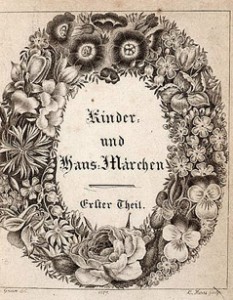TLS, July 19, 2013
Selected Tales of the Brothers Grimm
Peter Wortsman (editor and translator)
280pp. Archipelago Books. Paperback, £16.99. 978 1 945744 76 4.
The perennial appeal of the Grimms’ fairy tales has provided work for many talented translators, including Brian Alderson, David Luke, Joyce Crick, and now Peter Wortsman. They allow translators unusual freedom because, since they come from an oral culture, there is in a sense no original text. This is not because, as the Grimms liked to believe, the tales sprang straight from the creative resources of the Volk. Many were provided by educated women of French descent, such as Dorothea Viehmann and the sisters Marie and Johanna Hassenpflug, who were gifted story-tellers with some access to the seventeenth-century French corpus of literary fairy tales. Others came directly from printed sources. The Grimms “purified” them by adopting the simple, translucent style, which is an acheivement of art rather than the voice of the German people. This supposedly timeless Märchenstil then became their hallmark of authenticity. Stories were admitted to later editions only if they met this standard.
Wortsman feels no obligation to feign a universal fairy-tale style. In the thirty-three stories he has chosen from the Grimms’ 200, the characters are vigorously American. They are “smart and savvy” enough to “high-tail it” when in danger. A shoemaker hearing a magic bird tells his wife: “Honey, why don’t you come out and get a load of this bird here, boy can it ever sing!” In a jokey anachronism, the brave little tailor sews a “logo” on his belt.
Such slips don’t seriously detract from the energetic charm of the book. Its coloured illustrations by Haitian artists have no apparent connection to the content, but are often entrancing in themselves, though the harpy-like creature on the front cover may deter nervous readers.
Ritchie Robertson

